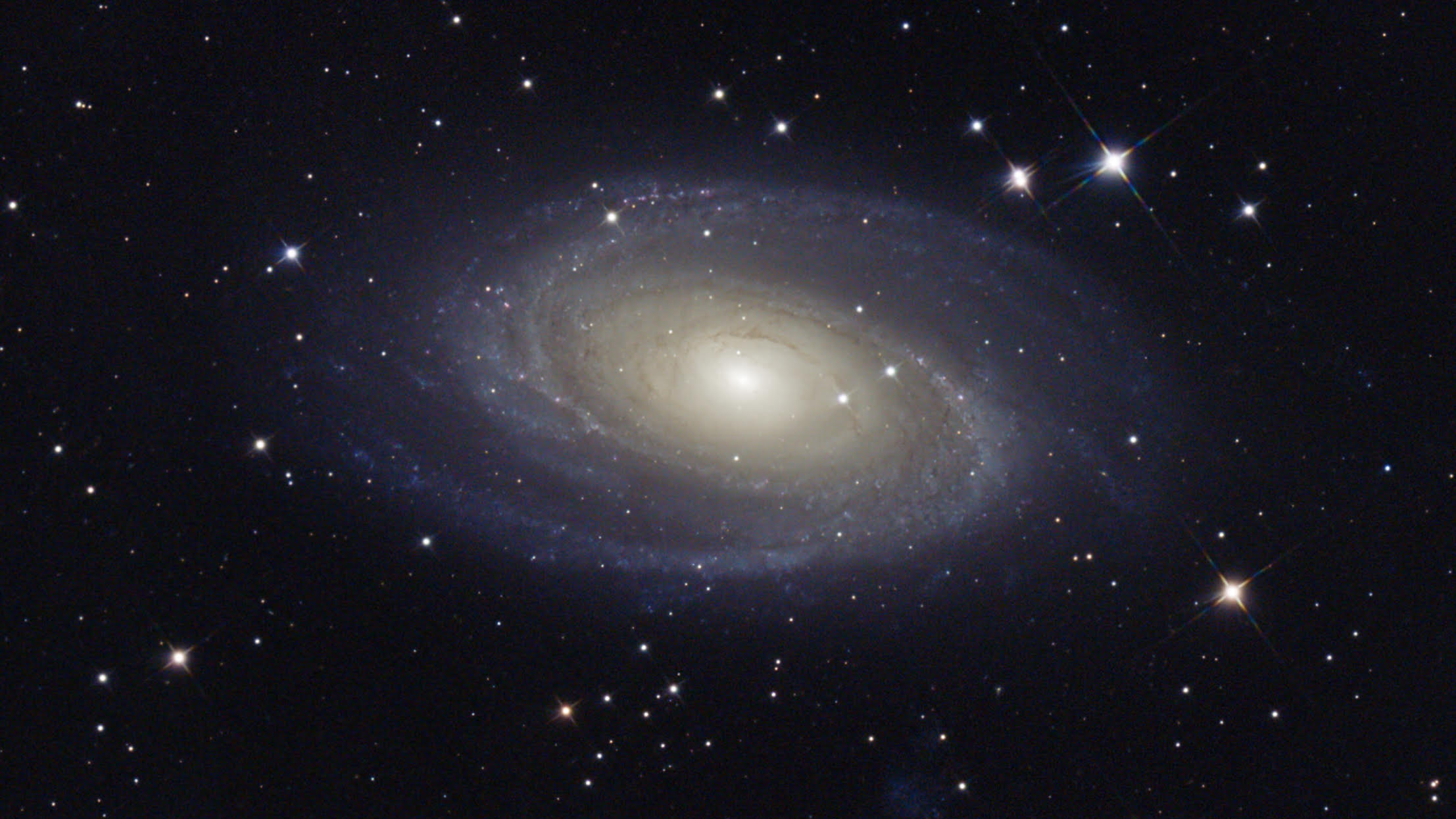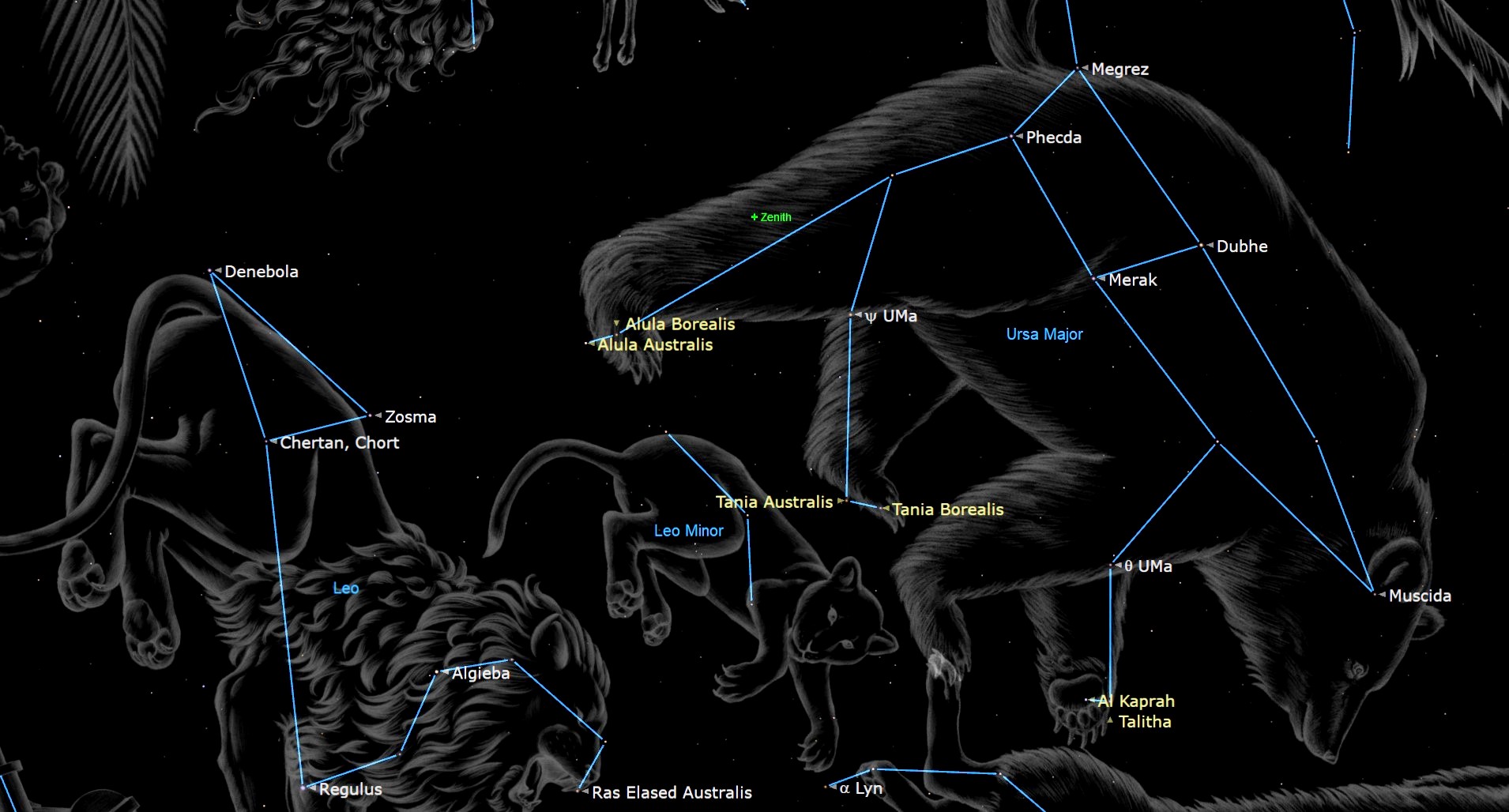
Alien hunters should look for city lights from 'urbanized planets,' study suggests
Lights from alien cities are an intriguing potential technosignature.

Scientists searching for signs of extraterrestrial technology should keep an eye out for city lights on exoplanets, a new study suggests.
Technosignatures are manifestations of technology that could be detected through astronomical means. To date, the search for extraterrestrial intelligence (SETI) has generally focused on radio signals, but shorter-wavelength optical light is a potential technosignature as well.
For example, sharp-eyed aliens scrutinizing Earth's nightside might be able to deduce our presence via the emissions from city lights here, even though such emissions are relatively concentrated. And advanced civilizations on exoplanets may have built cities over significantly more of their planets' surfaces.
"These more urbanized planets would have a higher nightside brightness from city lights, and be correspondingly easier to detect," the authors of the new study wrote.
Related: The search for alien life
Renewed interest
The study, which was published online last month in the journal Acta Astronautica, presents a number of conclusions from an August 2020 workshop sponsored by NASA and the Blue Marble Space Institute of Science in Seattle.
The paper's takeaway messages include the conclusion that technosignature searches can be included in most missions' science justification without added cost.
Get the Space.com Newsletter
Breaking space news, the latest updates on rocket launches, skywatching events and more!
The study also urges the broader astronomical community to think seriously about the possibility of detecting technosignatures. The tools to find technosignatures may already be available, "but it will require a community-wide effort to start looking," the paper states.
"A logical extension to the search for extraterrestrial life through biosignatures is the search for evidence of extraterrestrial technology," it adds. "The idea of searching for 'technosignatures' has been considered by astronomers for more than half a century, with initial efforts focused on the possibility of detecting extraterrestrial radio transmissions."
Funding remains a limiting factor in advancing technosignature science. But in recent years, both public and private funding entities have shown increased interest in the hunt for technosignatures, the study states.
Atmospherics, too
Electromagnetic signals aren't the only possible technosignatures. The new study notes that SETI scientists could also target atmospheric technosignatures — gases produced by artificial means, either as an incidental byproduct of industrial civilization or for a specific purpose, such as climate management.
An example of an atmospheric technosignature is nitrogen dioxide (NO2).
"The production of NO2 on Earth today includes biogenic and anthropogenic sources, in addition to lightning," the paper notes. "However, human-generated NO2 dominates by three times the amount from non-human sources. Detecting high levels of NO2 at levels above that of non-technological emissions found on Earth could be a sign that the planet may host active industrial processes."
Leonard David is author of the book "Moon Rush: The New Space Race," published by National Geographic in May 2019. A longtime writer for Space.com, David has been reporting on the space industry for more than five decades. Follow us on Twitter @Spacedotcom or on Facebook.
Join our Space Forums to keep talking space on the latest missions, night sky and more! And if you have a news tip, correction or comment, let us know at: community@space.com.

Leonard David is an award-winning space journalist who has been reporting on space activities for more than 50 years. Currently writing as Space.com's Space Insider Columnist among his other projects, Leonard has authored numerous books on space exploration, Mars missions and more, with his latest being "Moon Rush: The New Space Race" published in 2019 by National Geographic. He also wrote "Mars: Our Future on the Red Planet" released in 2016 by National Geographic. Leonard has served as a correspondent for SpaceNews, Scientific American and Aerospace America for the AIAA. He has received many awards, including the first Ordway Award for Sustained Excellence in Spaceflight History in 2015 at the AAS Wernher von Braun Memorial Symposium. You can find out Leonard's latest project at his website and on Twitter.









